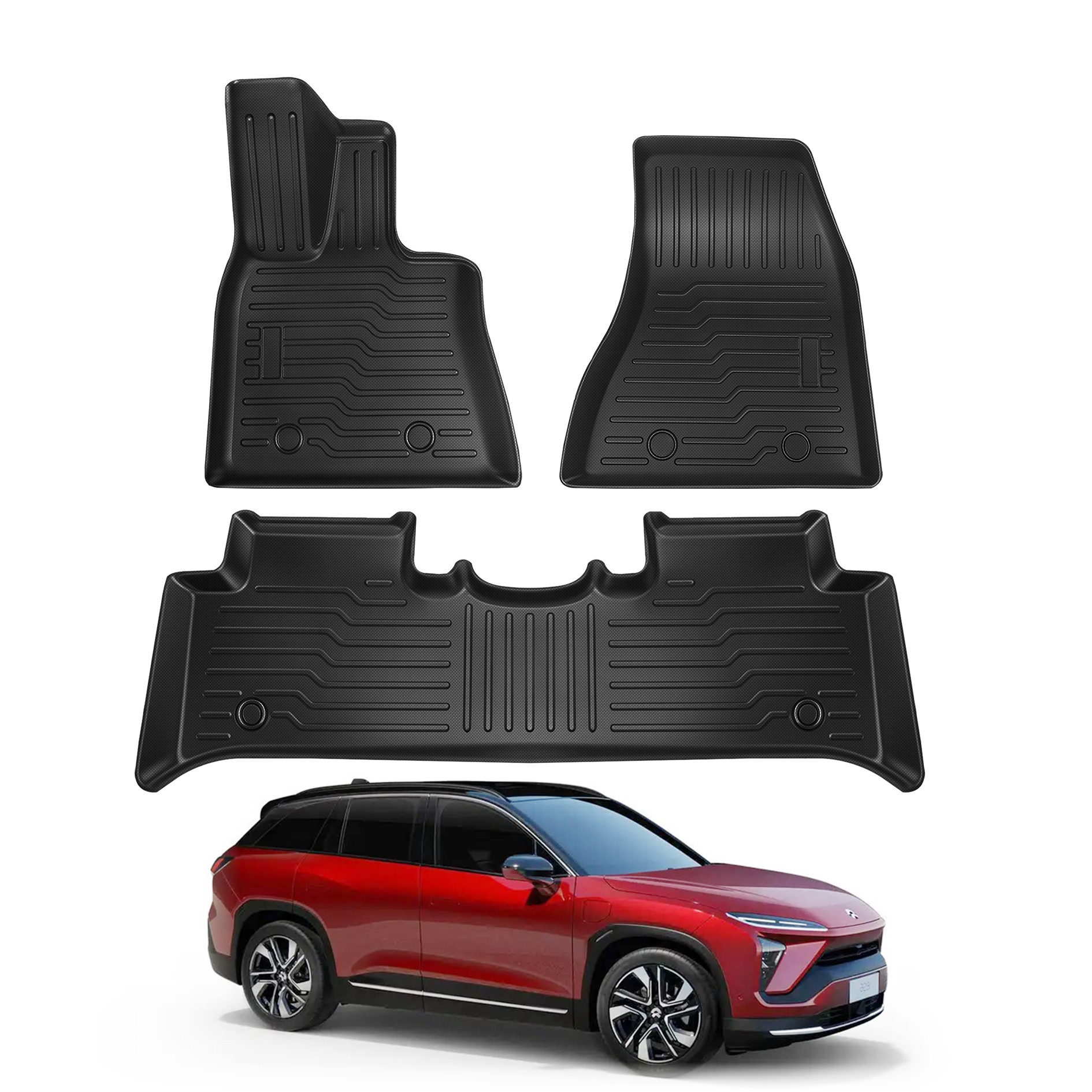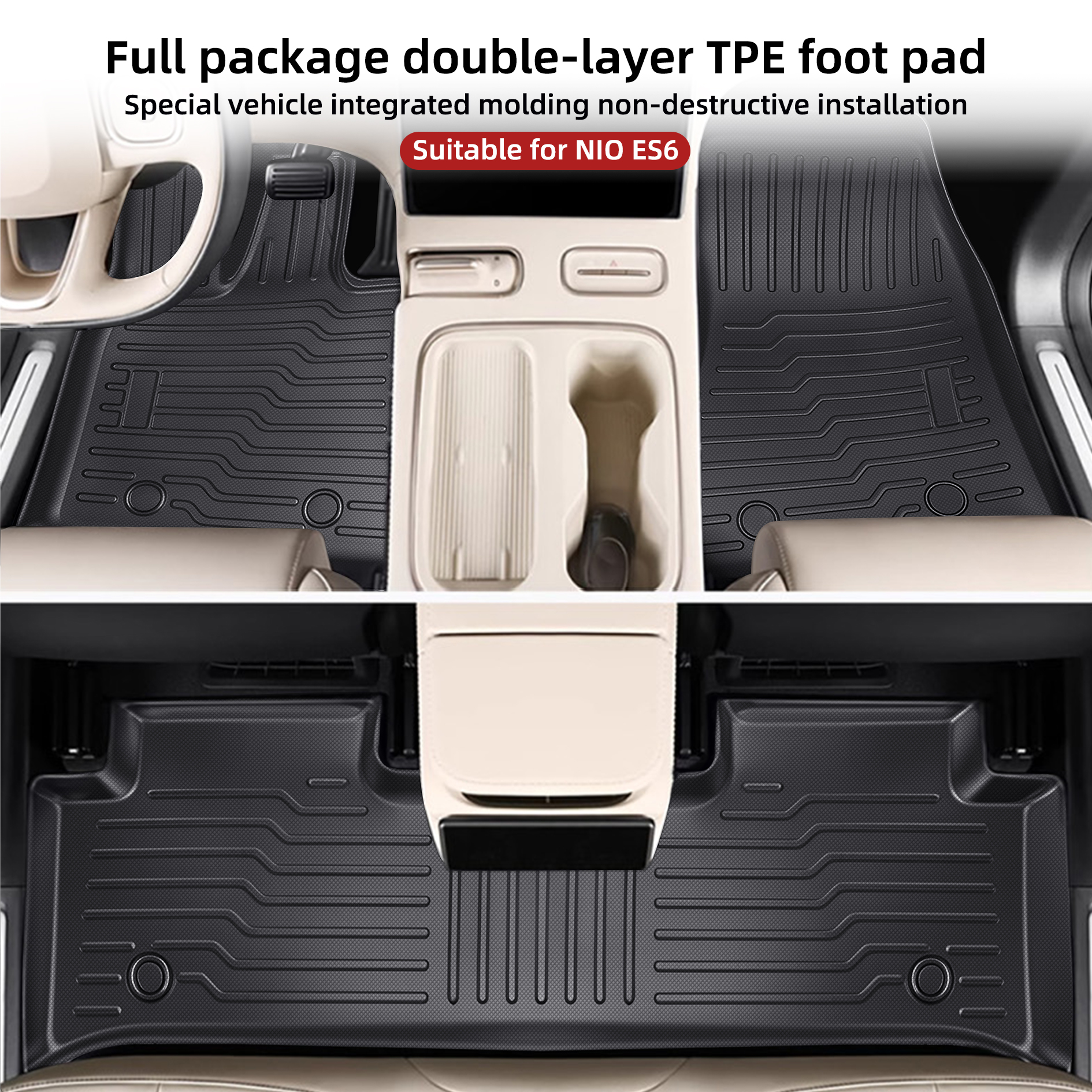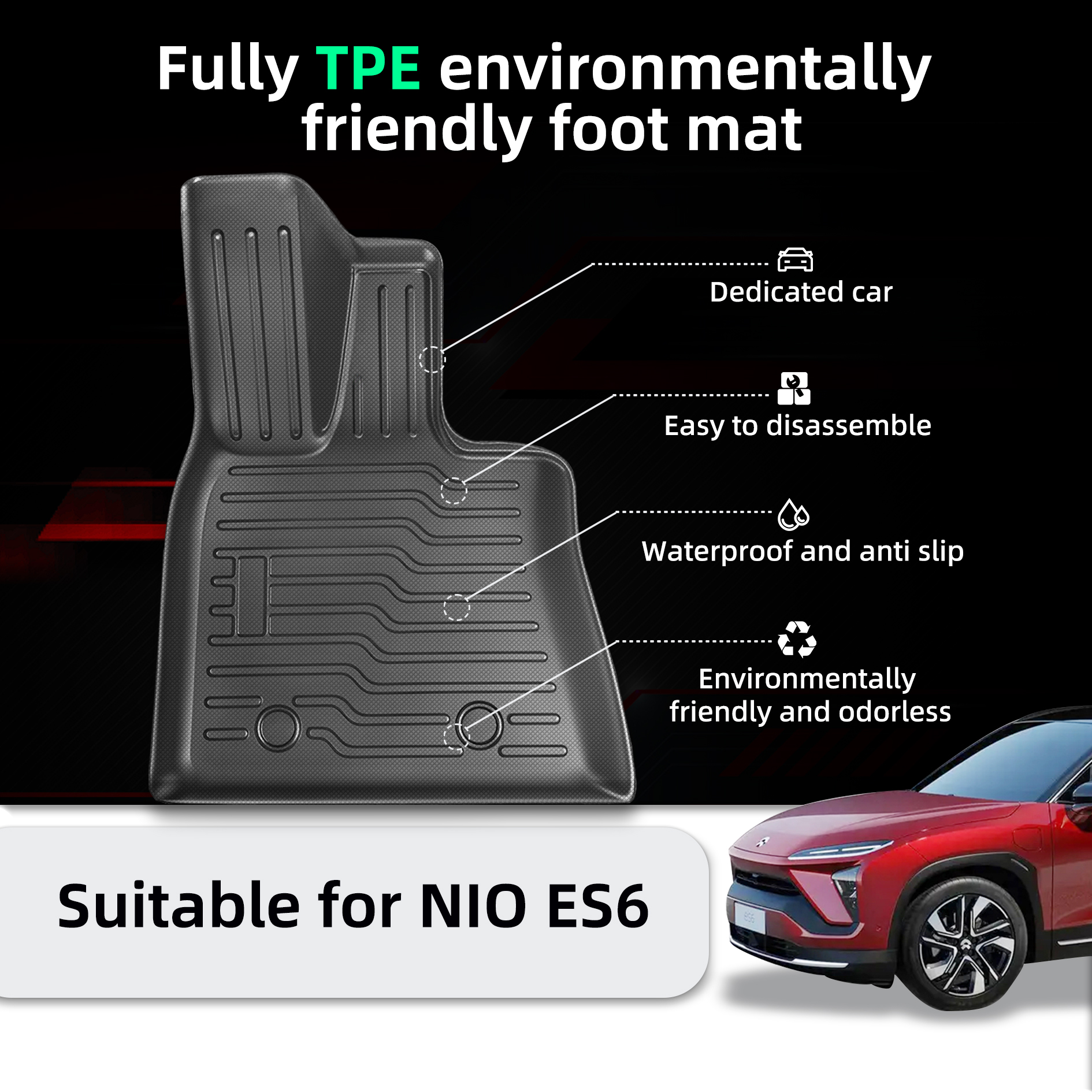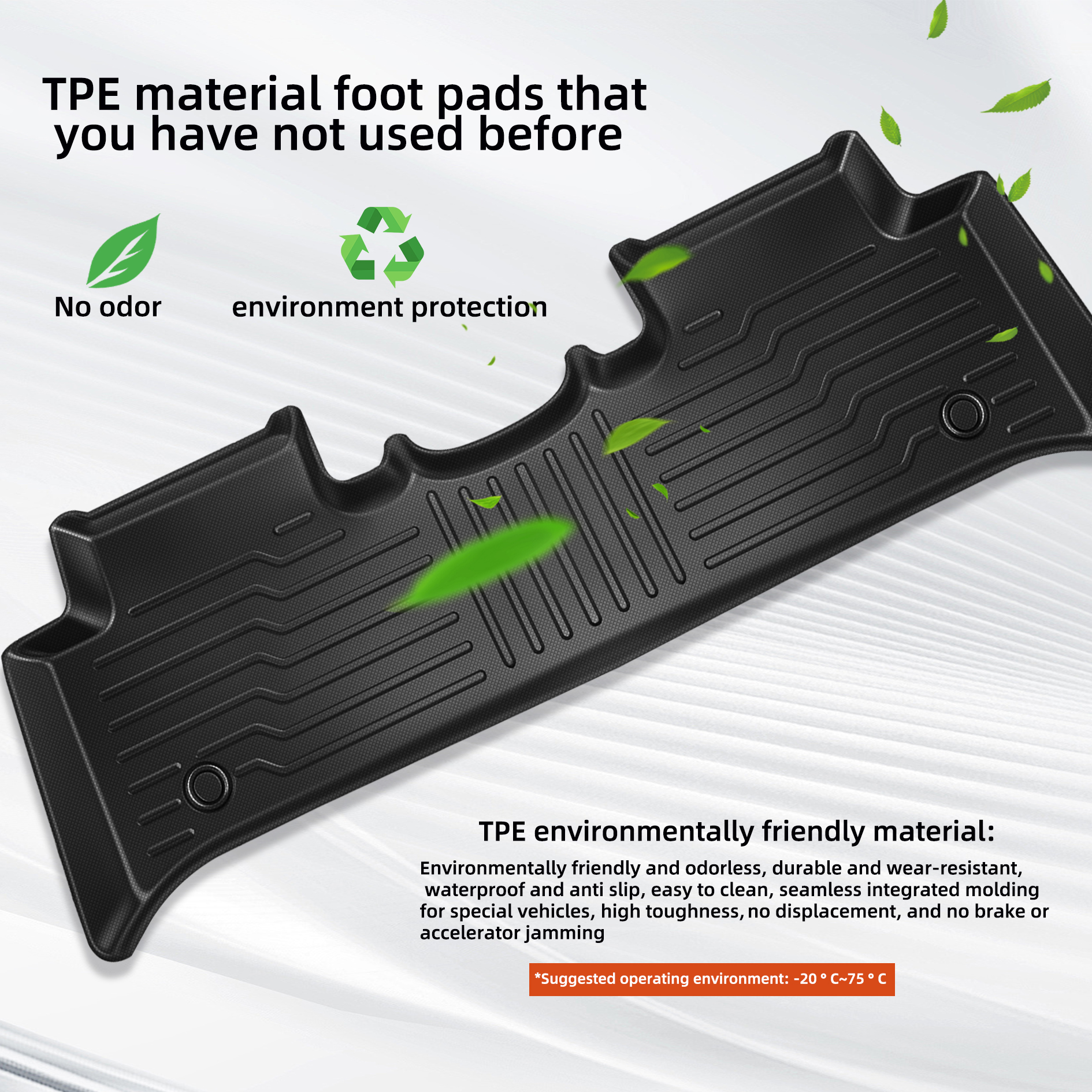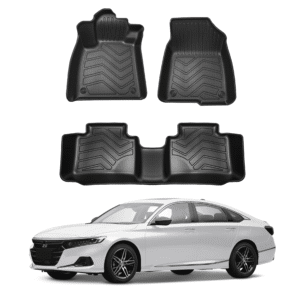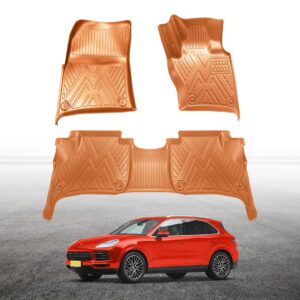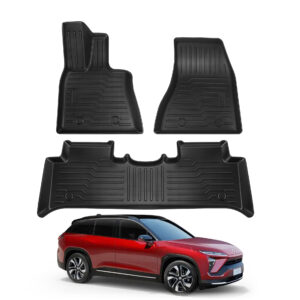Car foot mats play a fundamental role in maintaining the overall condition of a vehicle while enhancing the comfort of its occupants. One of the primary functions of these mats is to protect the car’s flooring from dirt, spills, and wear. Over time, without adequate protection, the flooring can suffer significant damage, leading to costly repairs. Foot mats act as a barrier, catching debris and moisture that might otherwise lead to deterioration. This protective quality not only helps in keeping the vehicle clean but also extends the longevity of the interior surfaces.
Moreover, hygiene is an often-overlooked aspect of vehicle maintenance. Clean foot mats significantly reduce the accumulation of allergens, dust, and bacteria within the vehicle. This is particularly important for individuals with allergies or respiratory concerns. Regularly washing and replacing car foot mats can contribute to better air quality inside the car, creating a healthier environment for drivers and passengers alike.
In addition to their protective and hygienic benefits, car foot mats can also enhance the aesthetics of a vehicle’s interior. Available in various materials, colors, and designs, these mats can complement a car’s design while offering a more polished look. Choosing high-quality mats that align with a vehicle’s overall style can elevate the driving experience by making the interior more appealing.
Investing in quality car foot mats is not merely a matter of preference; it is a strategic move to preserve the vehicle’s resale value. Potential buyers are likely to scrutinize the condition of the vehicle, and well-maintained foot mats can indicate the overall care with which the vehicle has been treated. Ultimately, car foot mats serve a vital purpose, combining practicality with aesthetic enhancement while contributing to the vehicle’s longevity and resale potential.
When selecting car foot mats, it is essential to consider various materials, styles, and fits to ensure optimal comfort and protection. The three most common types of materials used are rubber, carpet, and all-weather variants, each offering distinct advantages and disadvantages.
Rubber foot mats are highly durable and designed to withstand extreme weather conditions. They effectively trap dirt and moisture, making them ideal for muddy or wet environments. However, rubber mats may not provide the same level of aesthetic appeal as carpet options and could become slippery if not maintained properly.
Carpet foot mats, on the other hand, offer a more refined look, enhancing the overall appearance of the vehicle’s interior. They come in various colors and designs, allowing for customization to match the car’s style. However, carpet mats can absorb dirt and liquids, making them harder to clean and potentially leading to unpleasant odors if not maintained.
All-weather foot mats are a versatile option, combining the best features of rubber and carpet materials. They often come with raised edges to contain spills and dirt, making them easy to clean while providing a stylish look. Nonetheless, it is crucial to verify that these mats are made from quality materials to ensure longevity.
In addition to material selection, the fit of your car foot mats is paramount. Mats should be tailored to the specific make and model of the vehicle to ensure maximum coverage and effectiveness. Mats that do not fit properly can shift while driving, leading to safety hazards.
Lastly, practical maintenance tips for foot mats include regular vacuuming and occasional deep cleaning based on the material. Following the manufacturer’s care instructions ensures that the mats remain effective and visually appealing for the long haul.

